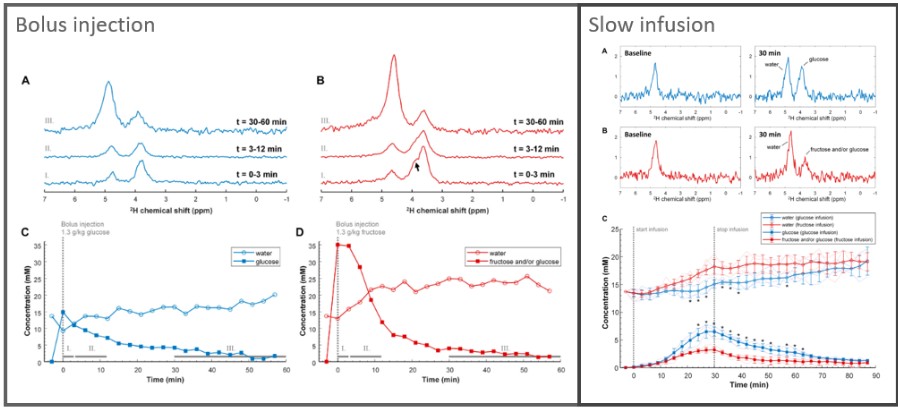
Plant imaging at DIMP Neuromed Node
What better place to bring your plant imaging project than to DIMP Neuromed Node, located in the Technology and Research Center in Pozzilli, in Italy’s beautiful Molise region? The environment is unique, particularly favorable for agriculture, as demonstrated by the ancient olive trees that surround the Technology and Research Center. In this beautiful, natural setting, a team of scientists led by Nicola D’Ascenzo are developing state-of-the-art plant imaging capacities based on Positron Emission Tomography (PET), and setting up imaging methods to study different live plant species. Their multidisciplinary expertise and passion is contagious and they are eager to support agronomists, botanists, or biologists in answering their scientific questions, especially when it comes to understanding how plants react to stress factors caused by climate change.
When you arrive at the Neuromed Institute to undertake your project, you will be greeted by the friendly staff who will also help you with your travel arrangements prior to your arrival. You will quickly feel at home as you will be whisked off to the Euro-BioImaging user office. This office will be yours for the duration of your stay. The PET machines are located in the main building, which is just across the street.
If you are studying vascular flow in plants, PET imaging undertaken with Nicola D’Ascenzo and his team could really support your research. Here’s why. While you may be more familiar with positron emission tomography (PET) from medical research or hospitals, applying this nuclear imaging technology to plants allows researchers to quantify the fluid flow dynamics in the plants' vascular system by processing the time activity curve (TAC) signal. Tracking changes in the fluid flow dynamics can be very useful in understanding plant development and how they respond to the environment, particularly environmental stress factors such as drought.
Nicola D’Ascenzo and his team developed a new signal processing method, with the unique capability to directly detect the dynamic evolution of noise correlations between estimated and measured variables in the PET measurements, by taking into account the numerical diffusion due to the sparse sampling. This new method with its sequential time-stepping procedure allows the researchers to estimate the spatial profile of the fluid flow velocity, the diffusion coefficient and the compartmental exchange rates along the plant stem from the TAC signals. To illustrate the performance of the method, the team around D'Ascenzo recently published an example measurement of the transport mechanisms in zucchini sprouts (N. D’Ascenzo et al., Front. Plant Sci. 13, 882382, 2022).
But they are not only working on algorithms that make PET imaging of plants possible. They are also preparing for the future, when a laboratory approach may not be sufficient to measure plant stress as we strive to feed the world population in ever warmer and drier conditions. That’s why the team at Neuromed is working to develop a portable PET machine that could be used in the field.
All this exciting method development for plant PET imaging explains why they are partners in the Positron Emission Tomography in Agriculture and Life (PETAL) project. Using positron emission tomography, the EU-funded PETAL project will measure the early changes of CO2 metabolism and water transport caused by stress in wheat. The project’s work will result in a unique dataset that will be analysed to define a new set of measurable variables that read out stress at the early stage of plant development. Following this, a platform providing services for the early analysis of wheat growth in agriculture will be generated.
But most importantly, they are a Euro-BioImaging Node, and thus offer open access to their facility, meaning that researchers from all backgrounds can apply to use their special PET imager for plants and be supported by their expertise. So if you are a botanist or agronomist looking for new insight into the vascular flow in plants, Euro-BioImaging’s DIMP Neuromed Node is an excellent place to generate knowledge on crops and their sustainable management, in response to the accelerating global climate change.
And soon, you will even be able to apply for funding of user access at the DIMP Neuromed Node via the AgroSERV project - more information coming soon.

More news from Euro-BioImaging


